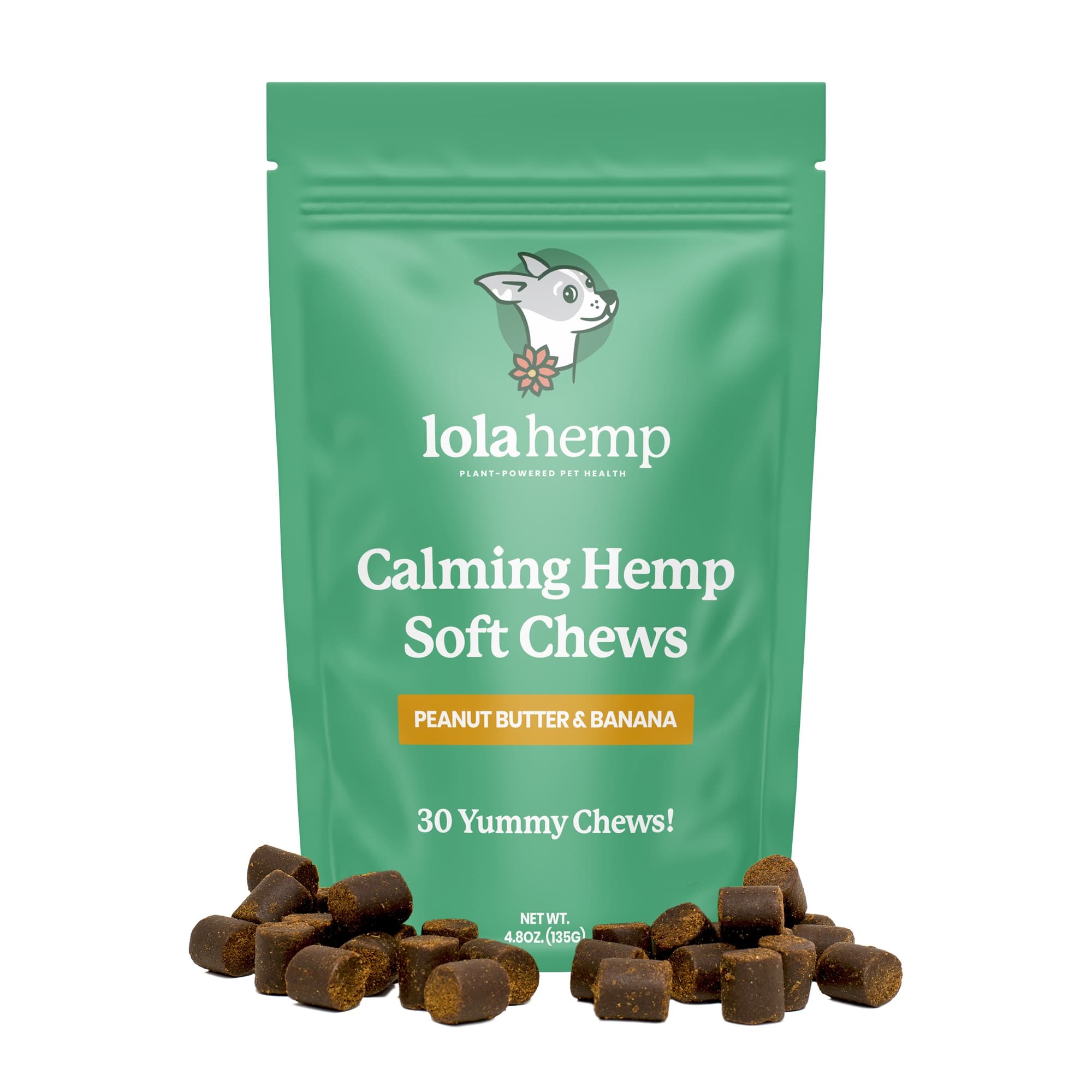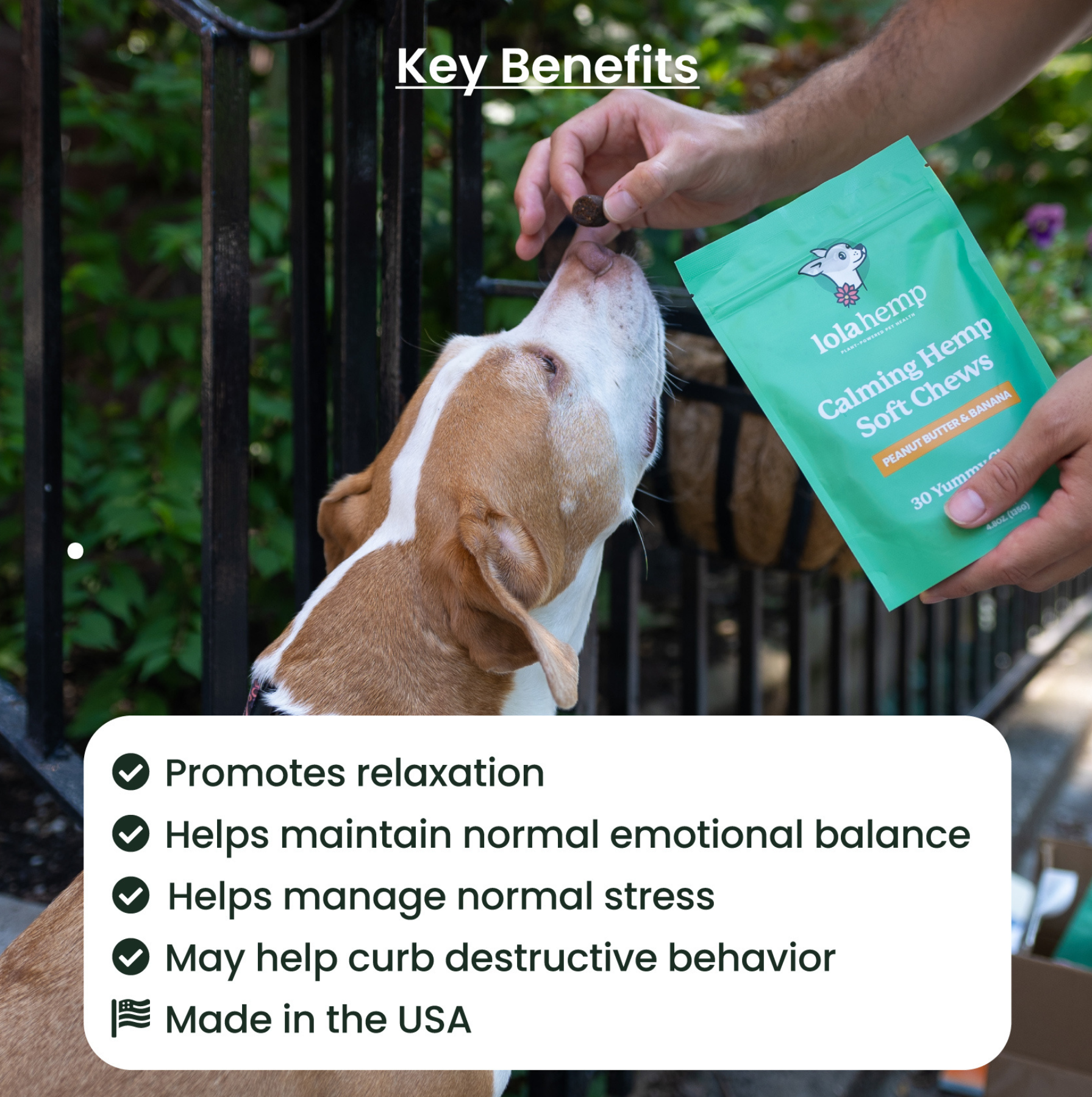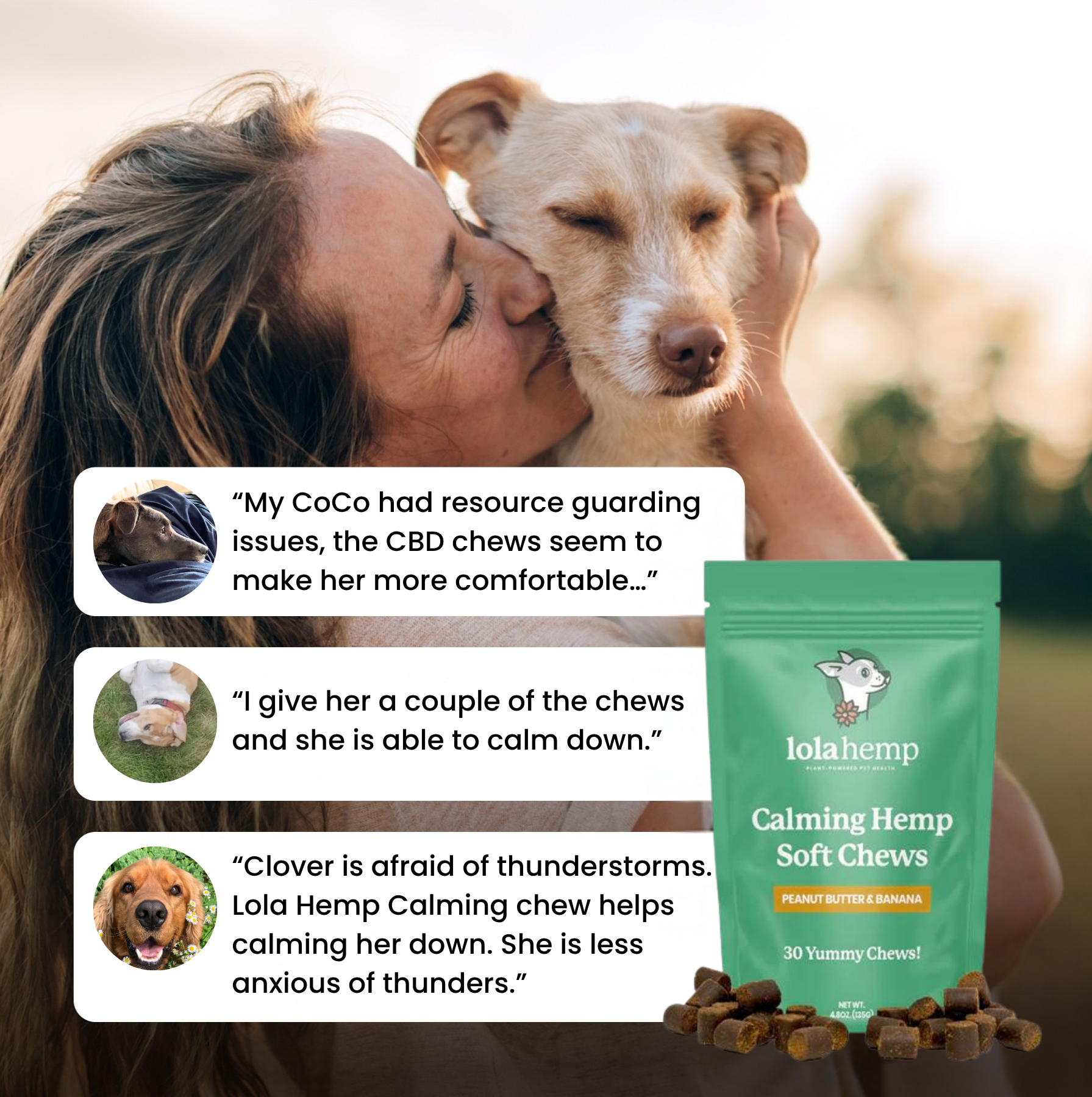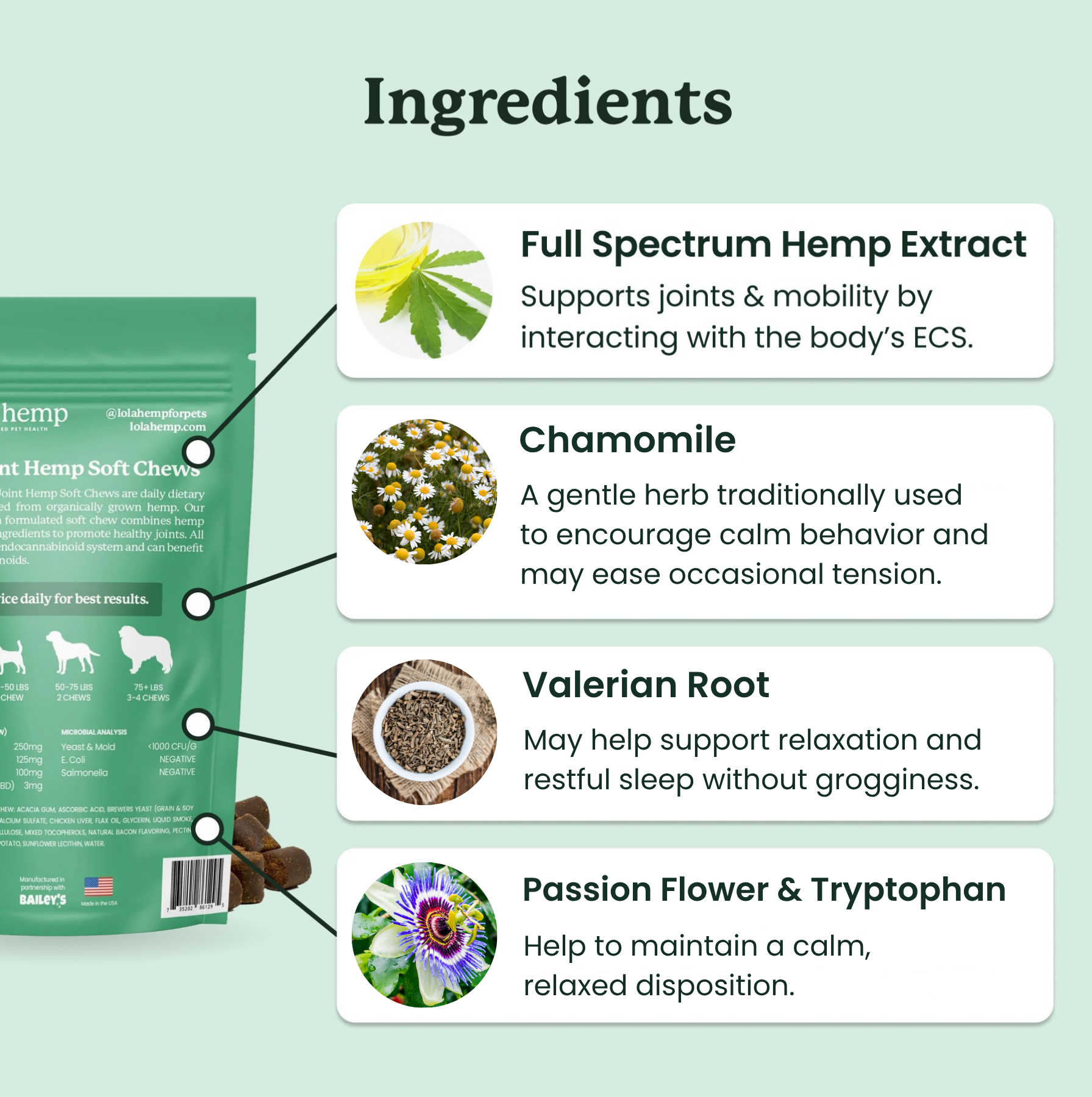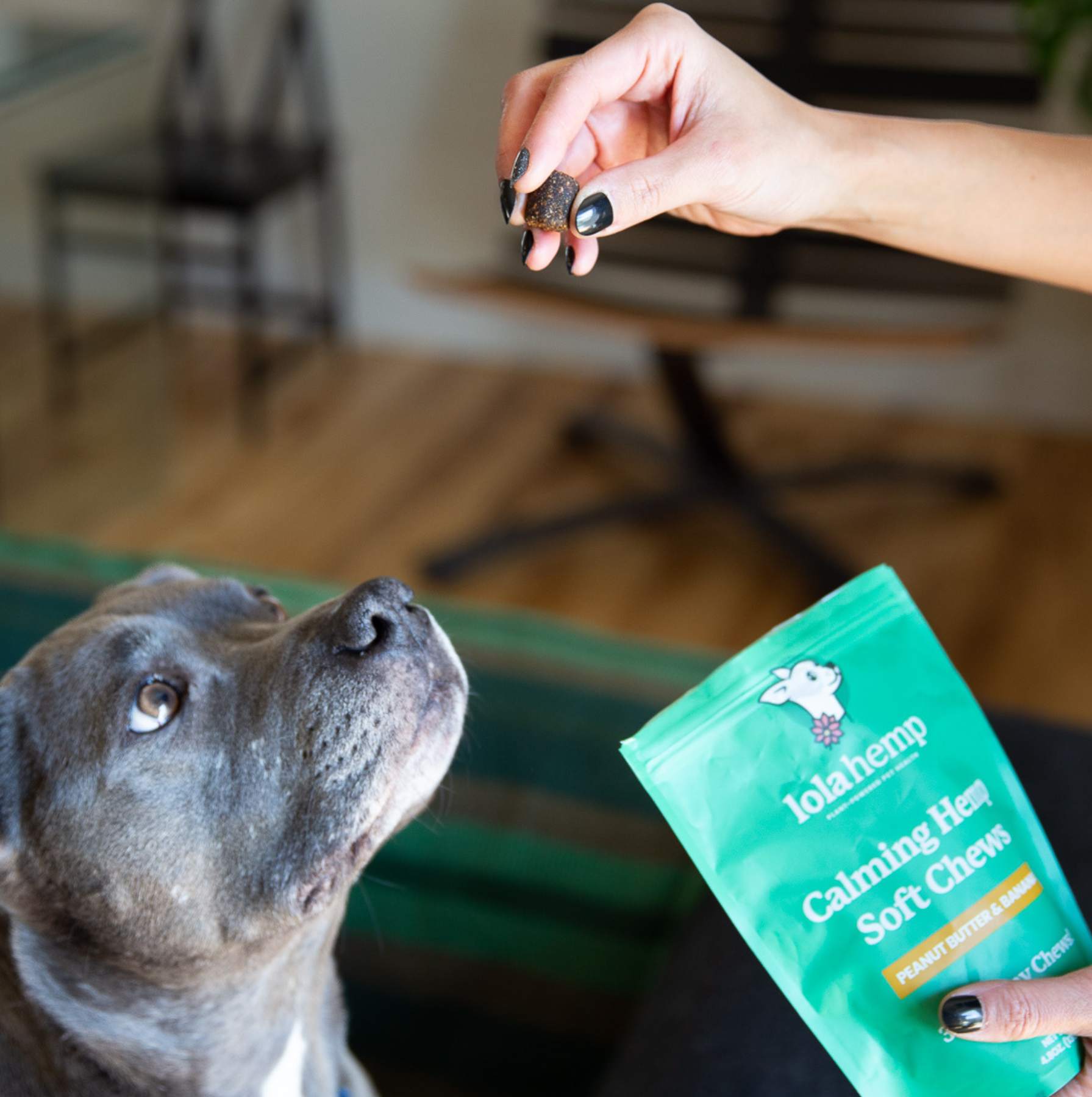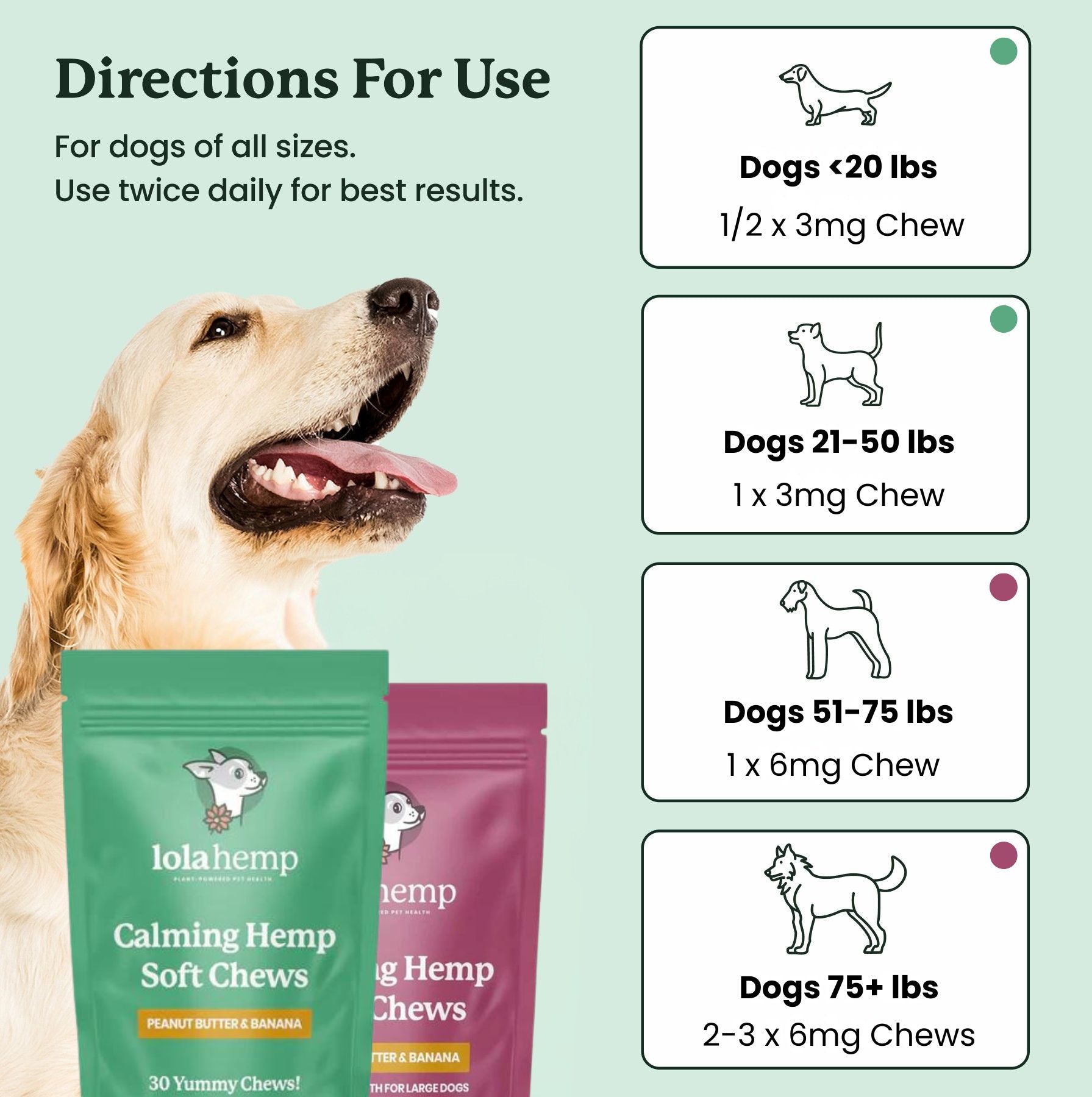Nail clipping can be a stressful experience for both you and your pet. In some cases, a calming treat might help your dog stay relaxed. Some dogs don't like having their paws touched and yet it is important to clip their nails. So if you are looking for alternative ways of keeping your dog’s nails short, read on!
Note: finding a helpful calming option can greatly improve the ease and safety of clipping your dog's nails, particularly if they're prone to anxiety.
How to Trim Your Dog's Nails Without Clipping
Let us take a look at the various ways of trimming a dog’s nails without using clippers.
1. Regularly Walking on Hard Surfaces
For dog owners seeking a natural and straightforward method to keep their furry companion's nails in tip-top condition, regular exercise on hard surfaces like pavement or concrete is a perfect alternative.
This seemingly simple routine can bring about numerous advantages, not only for your dog's overall health but also for their nail maintenance.

2. Scratching Posts and Surfaces
Scratching posts and pads aren't just for cats; they can also serve as effective tools to naturally maintain your dog's nail length. Encourage your dog to scratch on these posts or pads regularly.
The repetitive action of scratching not only helps them wear down their nails but also fulfills their natural urge to scratch. These designated spots offer a range of benefits, from nail maintenance to entertainment, and are a must-have addition to your dog's environment.

There's a variety of scratching materials and options to choose from, depending on your dog's preferences and your home setup. Some popular choices include:
- Cardboard Scratching Boards: These are affordable and practical, providing your dog with a surface to scratch to their heart's content. They are usually replaceable, which is convenient.
- Sisal or Rope Posts: These posts offer a more durable and satisfying surface for scratching. They are often part of scratching posts that may include platforms and play elements for added entertainment.
- Wooden Surfaces: Some dogs enjoy scratching on wooden surfaces or tree bark. If you have a yard or access to natural wood, you can designate a tree or stump for this purpose.
3. Digging
Encouraging your dog to dig can be an unconventional yet effective method to naturally keep their nails trimmed. When dogs dig, their nails naturally come into contact with the ground, wearing them down and preventing overgrowth.

To safely encourage digging, provide your dog with a designated digging area in your yard. This can be a small section where you bury toys or treats for them to find. Praise them when they dig these up, creating a positive association with this behavior. By engaging in controlled digging, your dog can help maintain their nail length and enjoy some fun outdoor activities.
4. Grinders & Nail Files
Grinders and nail files are an excellent alternative for you and your dog because they reduce the odds that you will clip to far and cause the nail to bleed.
- Nail Files: Nail files are a fantastic alternative for dogs who are particularly anxious about traditional clippers. They work well for small breeds or dogs with fragile nails. A nail file allows for more precise control, gently removing small amounts of nail at a time.

- Nail Grinders: Nail grinders, often used by professionals, provide a smoother finish compared to clippers. Grinders suitable for dogs of all sizes, and they reduce the risk of cutting their nails’ quick. While some dogs may need time to get used to the vibration and noise, many eventually tolerate nail grinders through positive reinforcement.
These alternative grooming tools can be excellent choices for dogs who are uncomfortable with traditional clippers or for maintaining your dog's nails between grooming sessions. As with any grooming task, patience and positive reinforcement are key to a successful and stress-free experience. Always remember to involve a specialist especially for the grinders!
Common Mistakes When Nail Trimming
When managing your dog's nails at home, it's crucial to steer clear of common mistakes that can lead to stress or discomfort for your pet. Cutting the quick, rushing the process, and beginning grooming when you are not fully prepared leading to accidents, stress, and discomfort for your pet.
Grooming your dog's nails can and should be a stress-free and enjoyable experience. Here's how to make it a breeze for both you and your pet:

- Start Early: Begin nail trimming when your dog is still a puppy to help them get used to the process.
- Use Treats: Positive reinforcement involves treats. Offer treats before, during, and after the session to create a positive association.
- Praise and Petting: Alongside treats, use praise and gentle petting. Comfort your dog with cheerful verbal praise during the process.
- Take it Slow: Don't rush. Begin by touching paws and nails without tools. Gradually introduce clippers or a grinder to build your dog's comfort.
- Short Sessions: Keep sessions brief and positive. Small steps and a calm experience are better than rushing and causing anxiety.
- Regularity: Make nail maintenance a regular part of your dog's routine to normalize the process and reduce fear.
Remember that overcoming fear and anxiety is a gradual process. It may require patience and persistence. These strategies can help your dog associate nail maintenance with positive experiences and, over time, reduce their anxiety.
The Bottomline
When it comes to keeping your dog's nails at an appropriate length, it's clear that traditional nail clipping isn't always a favorite among our furry companions. Nail maintenance is essential to prevent discomfort and potential injuries caused by long, overgrown nails.
Always use positive reinforcement techniques to turn nail maintenance into an enjoyable activity for your dog while reducing their fear and anxiety. If your pet is really struggling to relax, a calming treat can be an excellent way to help them get through their regular trimming session.
Frequently Asked Questions about Trimming Dog Nails Without Clippers
How can I shorten my dog's nails without clipping?
You can keep your dog's nails short through regular walking on hard surfaces, scratching posts, digging areas, grinders, or nail files.
Are scratching posts effective for dog nail maintenance?
Scratching posts and pads help dogs naturally wear down their nails while also fulfilling their instinct to scratch.
Can digging help trim my dog's nails?
Yes. Digging naturally wears down nails by creating friction with soil or sand.
Are nail grinders safer than clippers?
Nail grinders reduce the risk of cutting the quick and offer a smoother finish, making them a great alternative for anxious dogs.
What common mistakes should I avoid when trimming dog nails?
Avoid rushing, cutting the quick, or starting grooming without proper preparation, as these can cause stress and discomfort for your dog.

